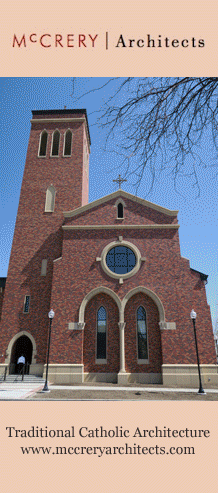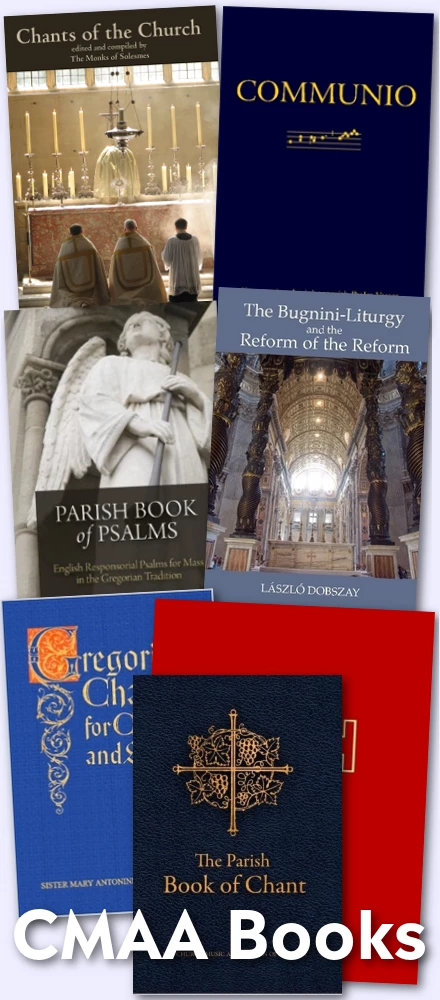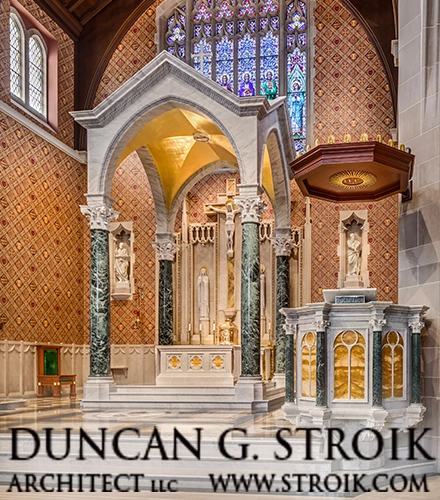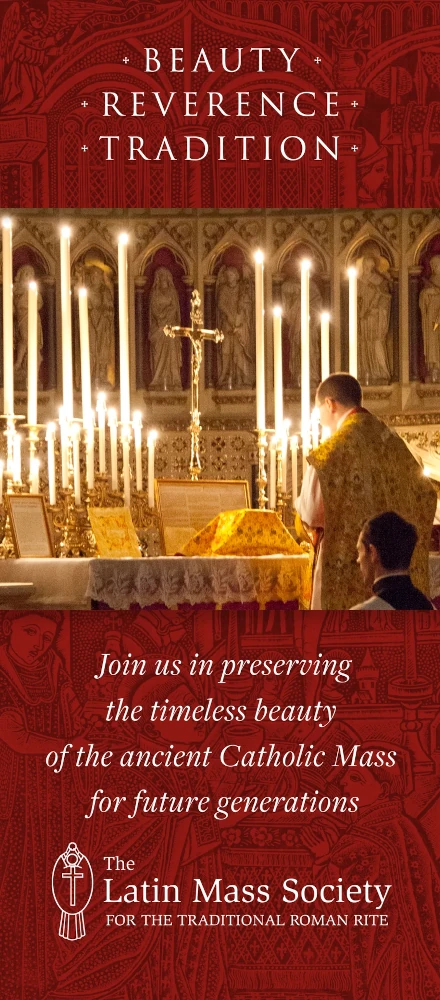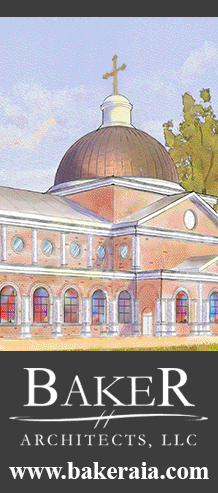I love getting google alerts about Gregorian Chant news. This one from Champaign, Ill., came up this morning:
A Gregorian chant choir practices in the choir loft of Holy Cross Catholic Church every Monday night.
The chanting, in Latin without musical accompaniment, began with monks. Songs were learned orally to accompany Catholic Masses and other ritualistic Christian services in the western world.
It first was notated in the 10th century.
``I do this because of the beauty of it,'' says Nicholas Haggin, the director who started the local choir called Schola Cantorum in fall 2005. ``I know that the same music I am singing was sung generations before and generations before that back in the 9th century.''
It is a liturgical group that does not really perform, but often is asked to sing for Roman Catholic, Episcopal and other Christian church services.
In preparation, Higgins chants the words to ``Parce Domine'' from a thin hymnal titled ``Kyrie,'' and six choral chanters answer him with words from the chorus of the song.
Read the rest


